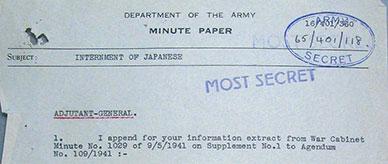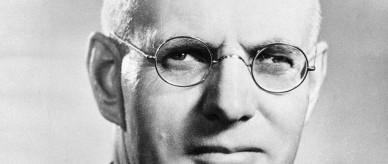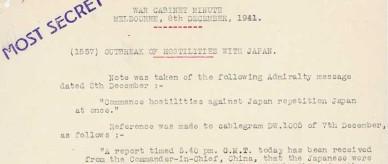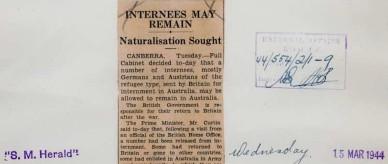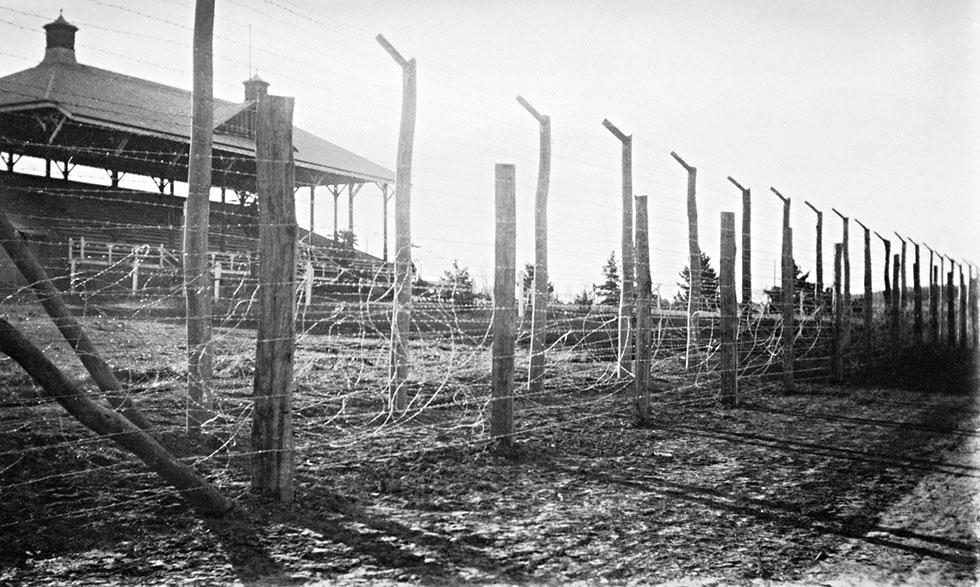


About this record
This black and white photo from 1940 shows the internment camp at Orange, NSW. The internment camp at Orange housed European internees, mostly from Italy and Germany.
There were several internment camps and Prisoner of War (POW) camps in Australia during the Second World War. Internees and POWs were sometimes held at the same camp, and the records held in National Archives' collection show that the distinction between internees and POWs became blurred. A POW was a person from the enemy forces captured during war, whereas an internee was a civilian; someone not part of the defence forces for either side.
Internees of Italian, German and Japanese ancestry weren’t members of foreign armies and hadn’t been charged with any crimes. They were kept within fenced premises for the duration of the war and were required to undertake work while interned. This work was usually building and construction works.
When Australia declared war on Japan on 8 December 1941 in response to the attack on Pearl Harbor, police officers arrived at the homes of Japanese Australians to arrest them with little (and sometimes no) notice. They were divided into three groups and taken away from their homes to their designated internment camp. Single males went to the Loveday internment camp in South Australia and the Hay internment camp in New South Wales. Women and family groups were held at the Tatura internment camp in Victoria. Some internees were also sent to the camp at Cowra in New South Wales, which mostly held POWs.
The internment camps that were set up in Australia were often repurposed facilities, such as the Long Bay jail in New South Wales or the Keswick army barracks in South Australia. However, there were also camps that were purpose built to hold internees as the war progressed and repurposed facilities became too small.
One well-known group of internees were the ‘Dunera Boys’ who were held at the Orange internment camp shown in the photo. The Dunera Boys were 2,542 European men, many of whom were Jewish, who had fled Germany to Britain and were then shipped to and interned in Australia for the remainder of the war.
The photographer who captured this photo has shown the feeling of isolation and sense of being trapped that was expressed by many internees. Some internees created artworks during their internment to express their emotions, such as Desolation, Internment camp, Orange, NSW, 1941 by Ludwig Hirschfeld-Mack, who was one of the Dunera Boys.
Food for thought
How do you feel when you look at this photographic record? What visual elements in the photo convey these feelings to you?
Related records
Related themes
Need help with your research?
Learn how to interpret primary sources, use our collection and more.

